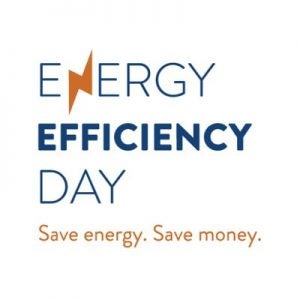 Today is Energy Efficiency Day in the U.S. As someone who’s advocated for energy efficiency for nearly a decade, I’m glad to see the resource celebrated. Efficiency, from LED lightbulbs to insulation, is the most critical energy resource we have – energy we don’t use is our cleanest and cheapest option.
Today is Energy Efficiency Day in the U.S. As someone who’s advocated for energy efficiency for nearly a decade, I’m glad to see the resource celebrated. Efficiency, from LED lightbulbs to insulation, is the most critical energy resource we have – energy we don’t use is our cleanest and cheapest option.
So, why isn’t everyone jumping on the efficiency bandwagon? In part it’s because utilities don’t usually encourage customers to save electricity. Electric companies make money by selling more electricity, so they’re reluctant to reduce use and their profits.
Nevertheless, utilities are logical places for energy efficiency programs, given their electricity relationships with customers.
Many states have efficiency goals that require utilities to invest in efficiency programs for customers, but much more could be done if the utility business model were reformed to align utility incentives with customer energy efficiency. Fortunately, several states across the country are reimagining the role of electric utilities in America’s 21st-century energy system, which could unlock efficiency’s potential. Read More










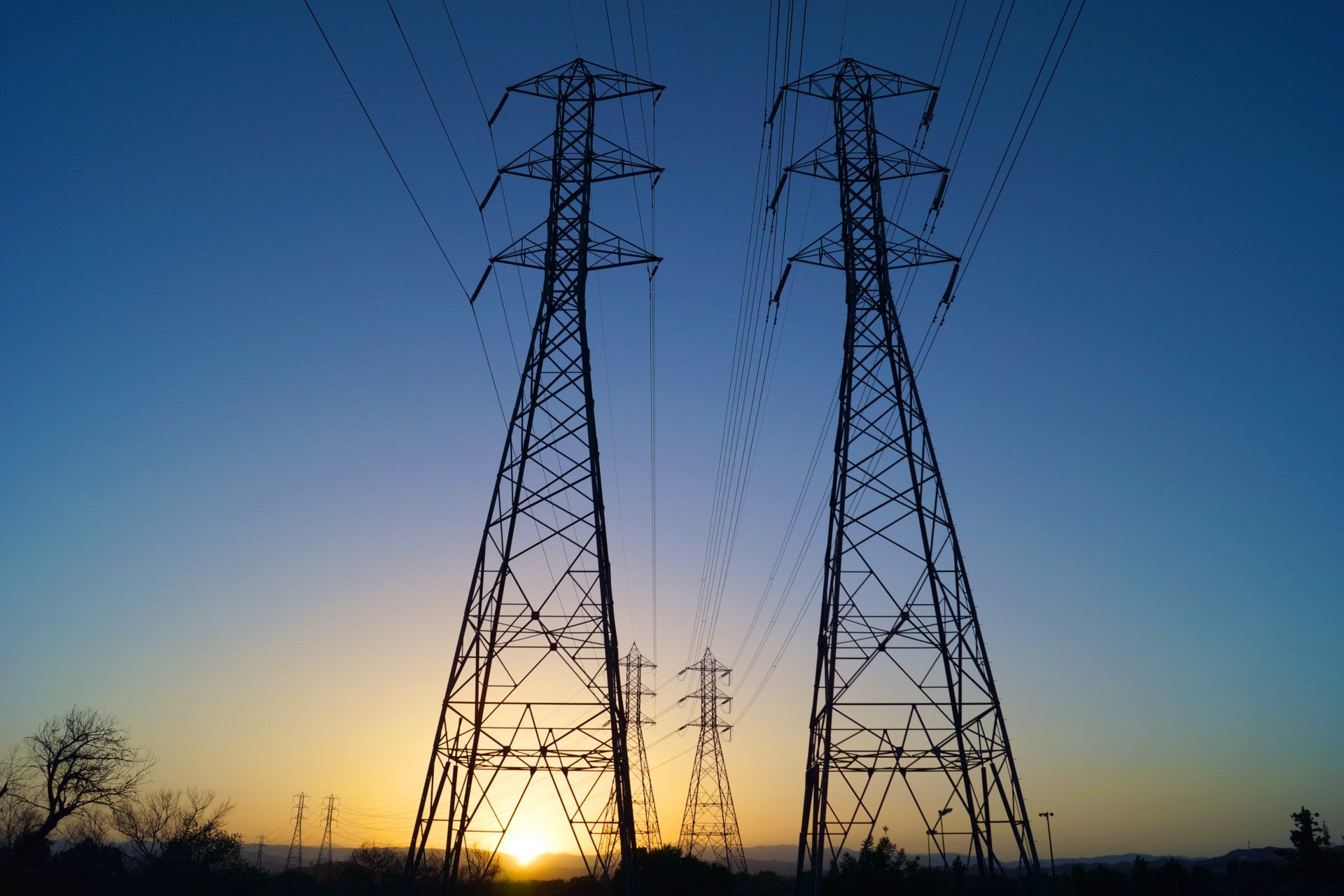
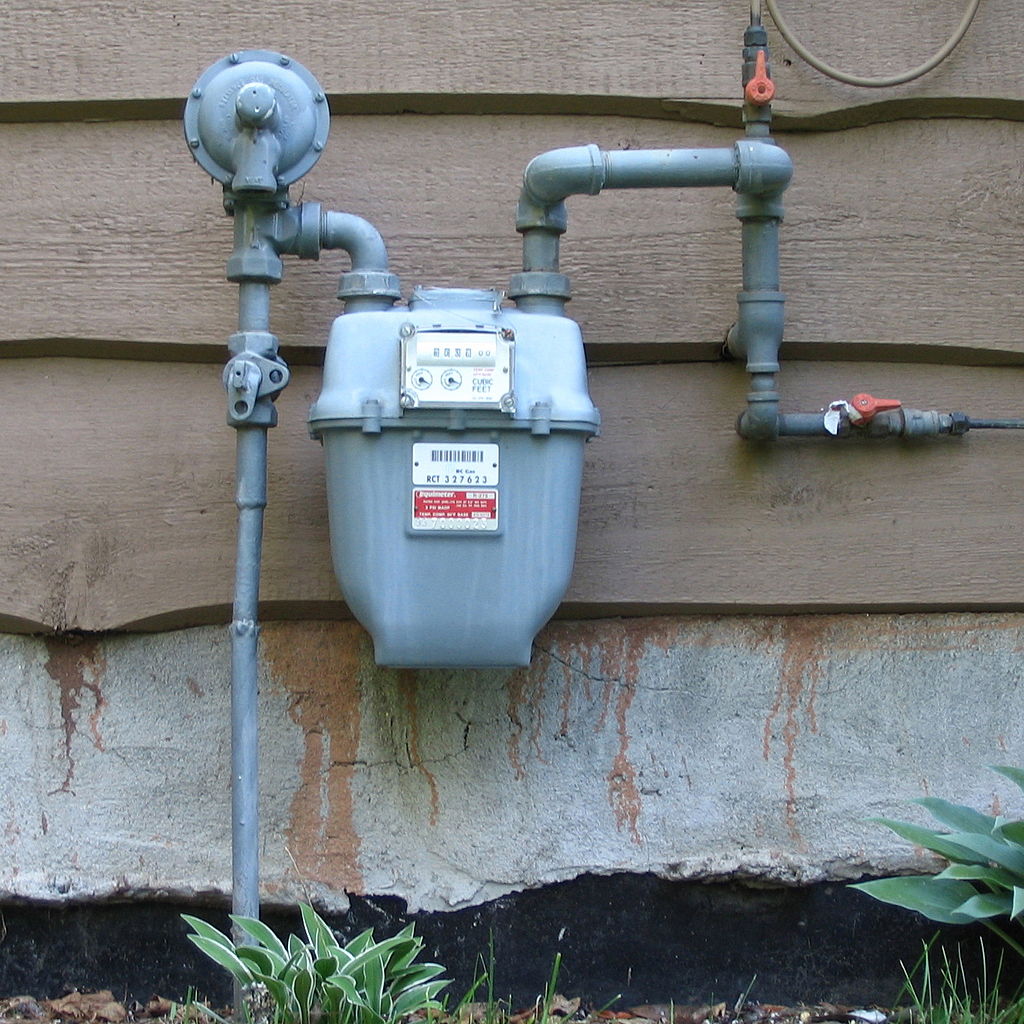
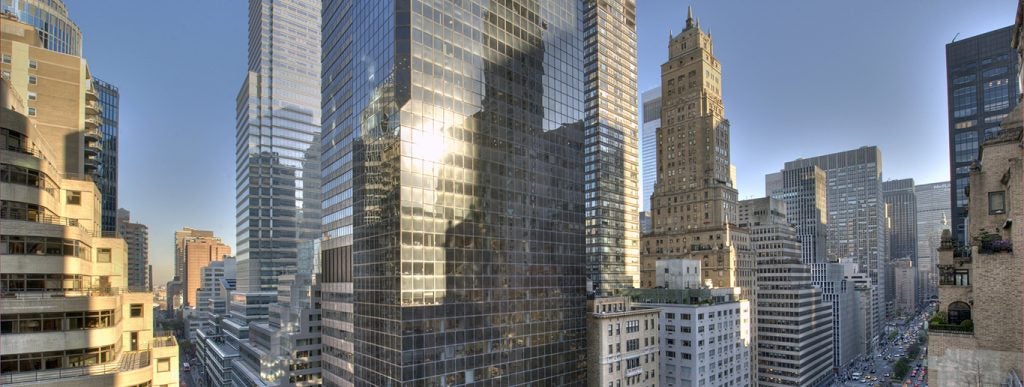
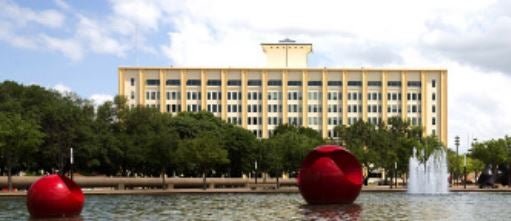 When it comes to the history and DNA of a city, new buildings have nothing on century-old ones. Yet the reverse can be said in regard to water and energy efficiency. Older buildings reflect the culture and history of a community, but typically are highly inefficient.
When it comes to the history and DNA of a city, new buildings have nothing on century-old ones. Yet the reverse can be said in regard to water and energy efficiency. Older buildings reflect the culture and history of a community, but typically are highly inefficient.